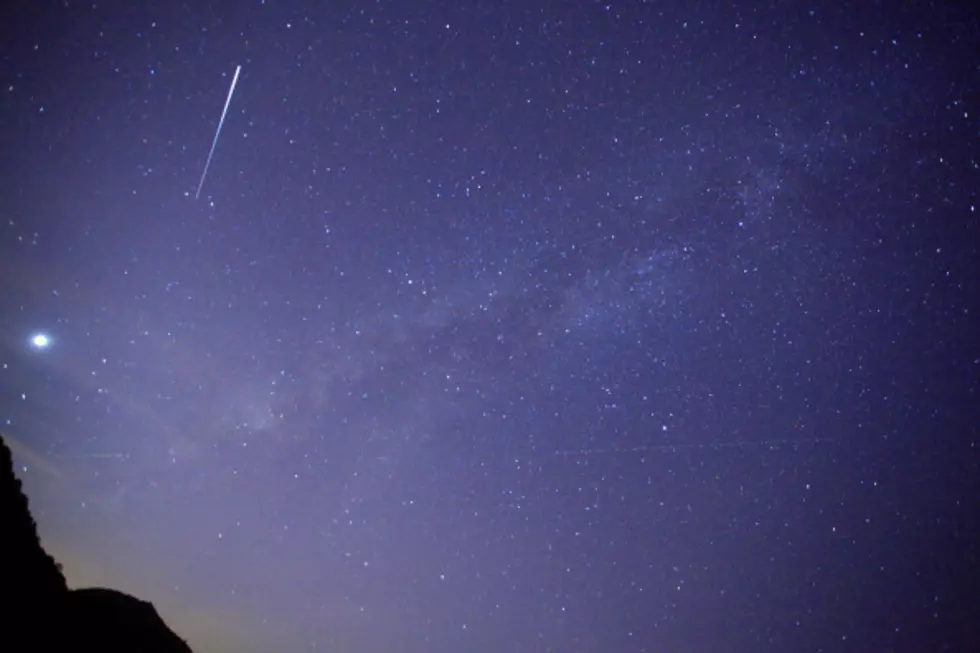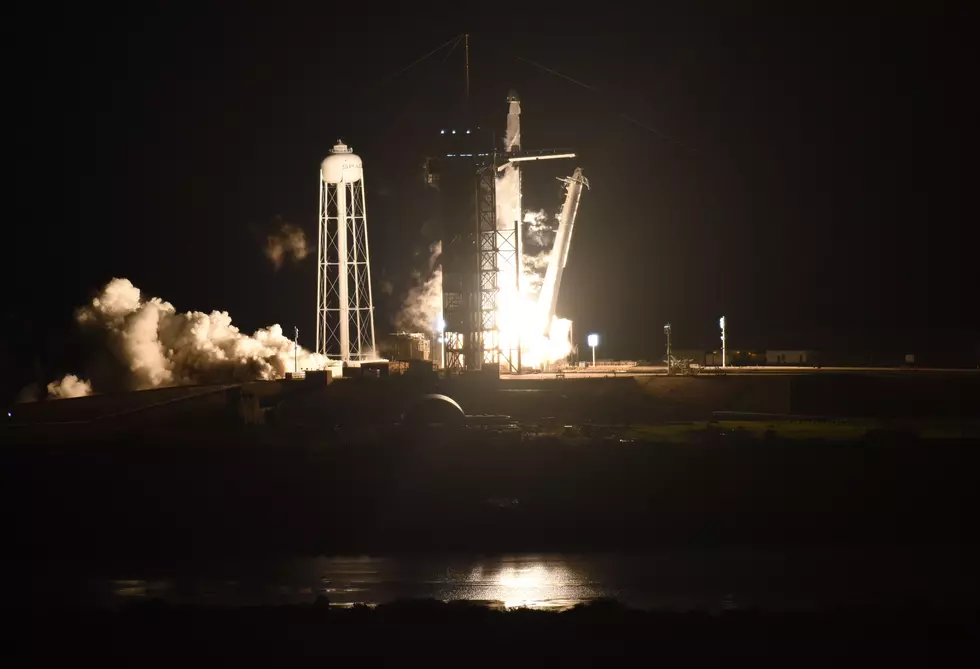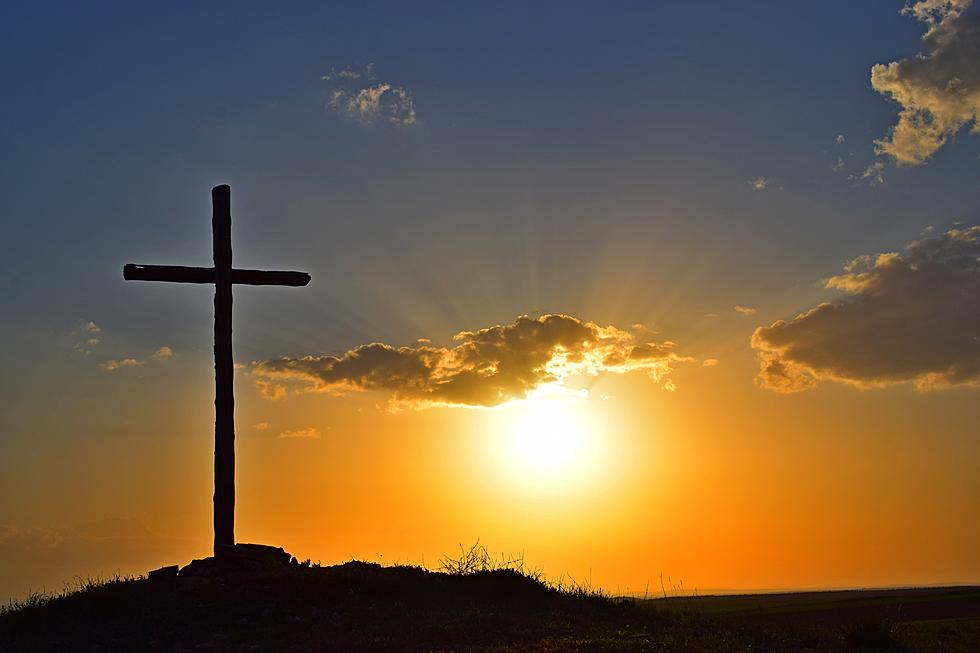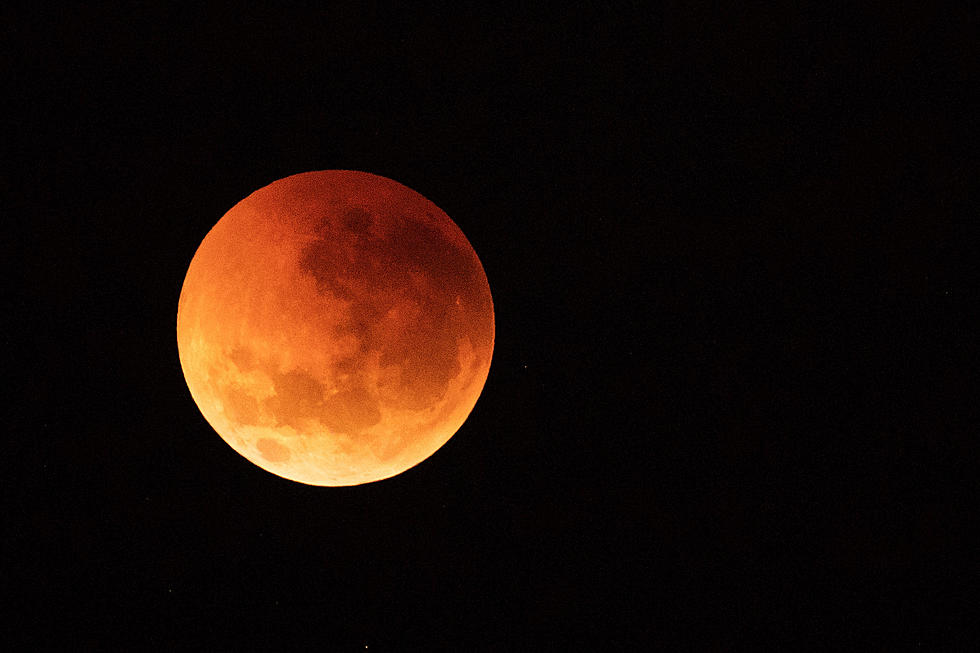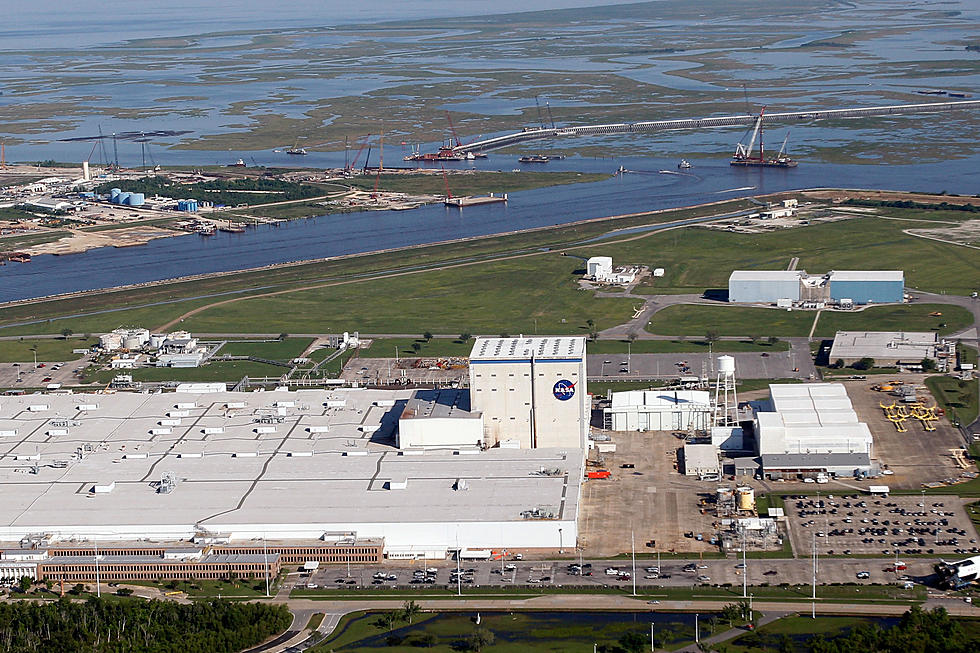
Meteor Showers & a Lunar Eclipse In the Louisiana Sky this Month

With so many troubles and worries down here on this pale blue dot we call Earth, perhaps we should turn our gaze skyward this month. In the gorgeous heavens above Louisiana this month, a trio of phenomena await us - including a lunar eclipse!
Up first is the Northern Taurid meteor shower. This celestial light show may take a bit of patience, so an extended stay under the night sky is recommended. Like any shooting-star party, this one will be best viewed away from city lights. I suggest making a whole night of it by laying a blanked down in a field or a truck bed with a thermos full of something warm and cool person to share it with. Expected to peak between November 11th and 13th, this shower isn't the most action packed (according to KREM, it's only expected to produce around 5 meteors per hour) - but astrologists say the Northern Taurid is known for its extremely bright fireballs that are known to light up the entire sky for brief periods of time.
Next up is the Leonid meteor shower, which is expected to start showing up in the sky above us right after the Northern Taurids begin to fade away. Expect to view around 15 shooting stars per hour during this shower, but you may get way more than that. On occasion, this astrological marvel has been known to get way more active. Back in 2001, some observers reported seeing thousands of shooting stars per hour during the shower and the event was reclassified a meteor storm. Don't miss out, the Leonids are expected to peak November the 16th and the 17th.
Finally, a Penumbral Lunar Eclipse will dominate the heavens towards the end of the month (November 30th). North America in its entirety is in the clear (weather permitting) to view this spectacular event. Part of the moon will seemingly disappear as it briefly dips into the earth's shadow during its nightly trek across the Louisiana sky.
For telescope viewers, don't miss the opportunity to check out Jupiter and Saturn. The two planets will appear very close to each other. In fact, these 2 celestial bodies won't be this close again for another 20 years.
Why Does It Only Hail in Summer?
More From News Talk 96.5 KPEL
